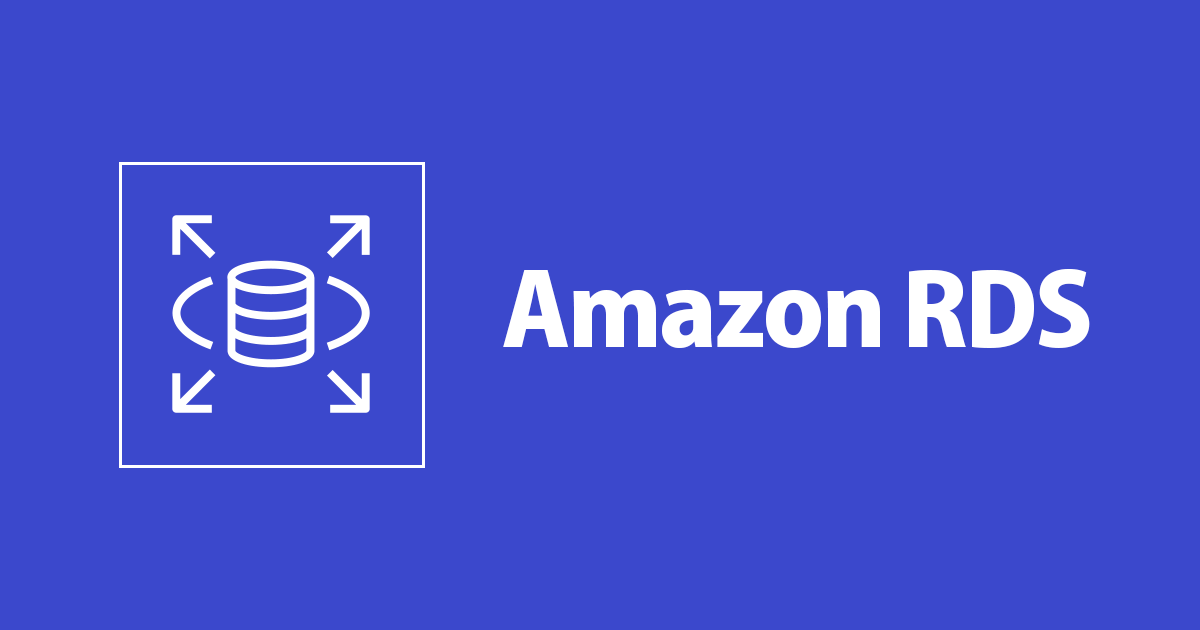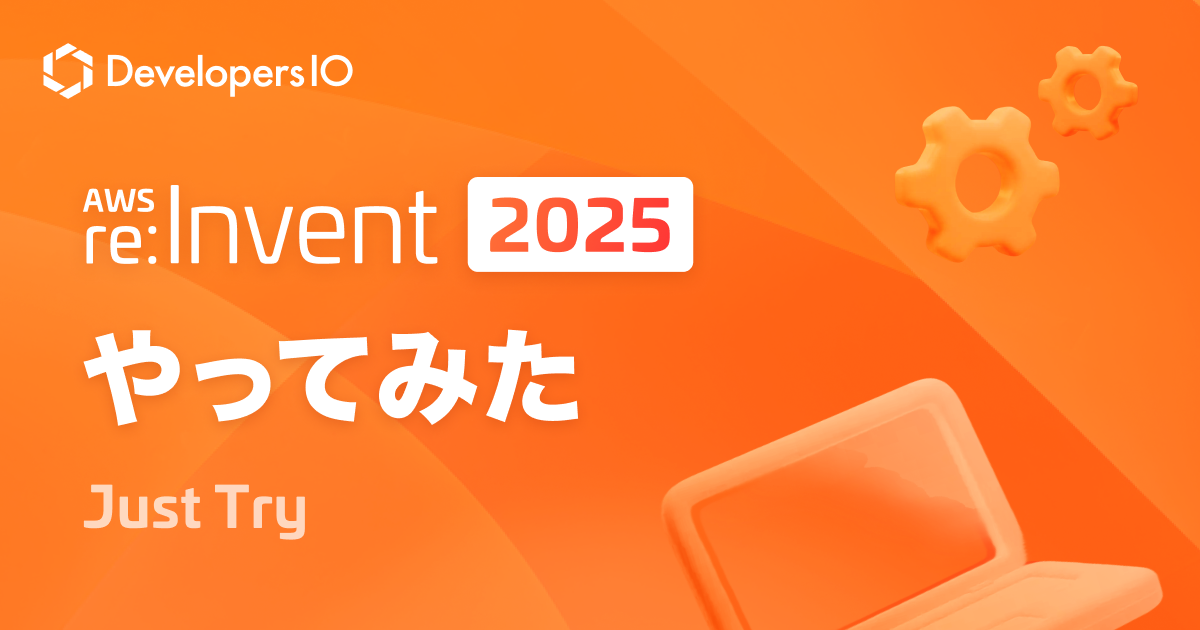
Amazon RDS- MySQL connection to Database
この記事は公開されてから1年以上経過しています。情報が古い可能性がありますので、ご注意ください。
What is RDS
Amazon RDS is the Relational Database Service offered as a web service by Amazon. It makes it easy to set-up and operate a relational database in the cloud. It provides a very cost-effective way to use industry’s leading RDBMS software as a managed service. Because of this web service from amazon AWS, You do not have to buy any server or install any database software in it. You just have subscribe to the AWS RDS web service and start using the RDBMS features after some initial configuration involving memory and CPU capacity allocation.
Amazon RDS - MySQL
MySQL is a popular Relational DB which is available in the amazon RDS services with its community edition features. Almost every feature of MYSQL can be leveraged in the RDS platform with only some restrictions based on regions and availability zones. Below is a brief description on MYSQLs major features in the RDS platform.
Database Security
Using IAM
In this approach the IAM user should have appropriate policies and permissions. Granting of such permissions is decided by the account holder or the super user who grants these permissions.
Using VPC
You either use a VPC security group or DB security group to decide which EC2 instances can open connections to the endpoint and port of a DB instance. These connections can also be made using SSL.
Using IAM Database Authentication
In this approach you use a IAM role and an authentication token. The authentication token generates a unique value which is relevant to the IAM role that is used in the access process. Here the same set of credentials are used for database as well as other aws resources, like EC2 and S3 etc.
MYSQL connecting to Database
To connect to Amazon RDS MySQL DB we need a client software. In this case we use MySQL Workbench. Install it using the link MySQL Workbench .
Get the Endpoint from the RDS information as shown above.

now open SQL Workbench, change the hostname and Username and test for the connection to establish.

once connected, We can browse the DB and query the DB now.
Thank You.









